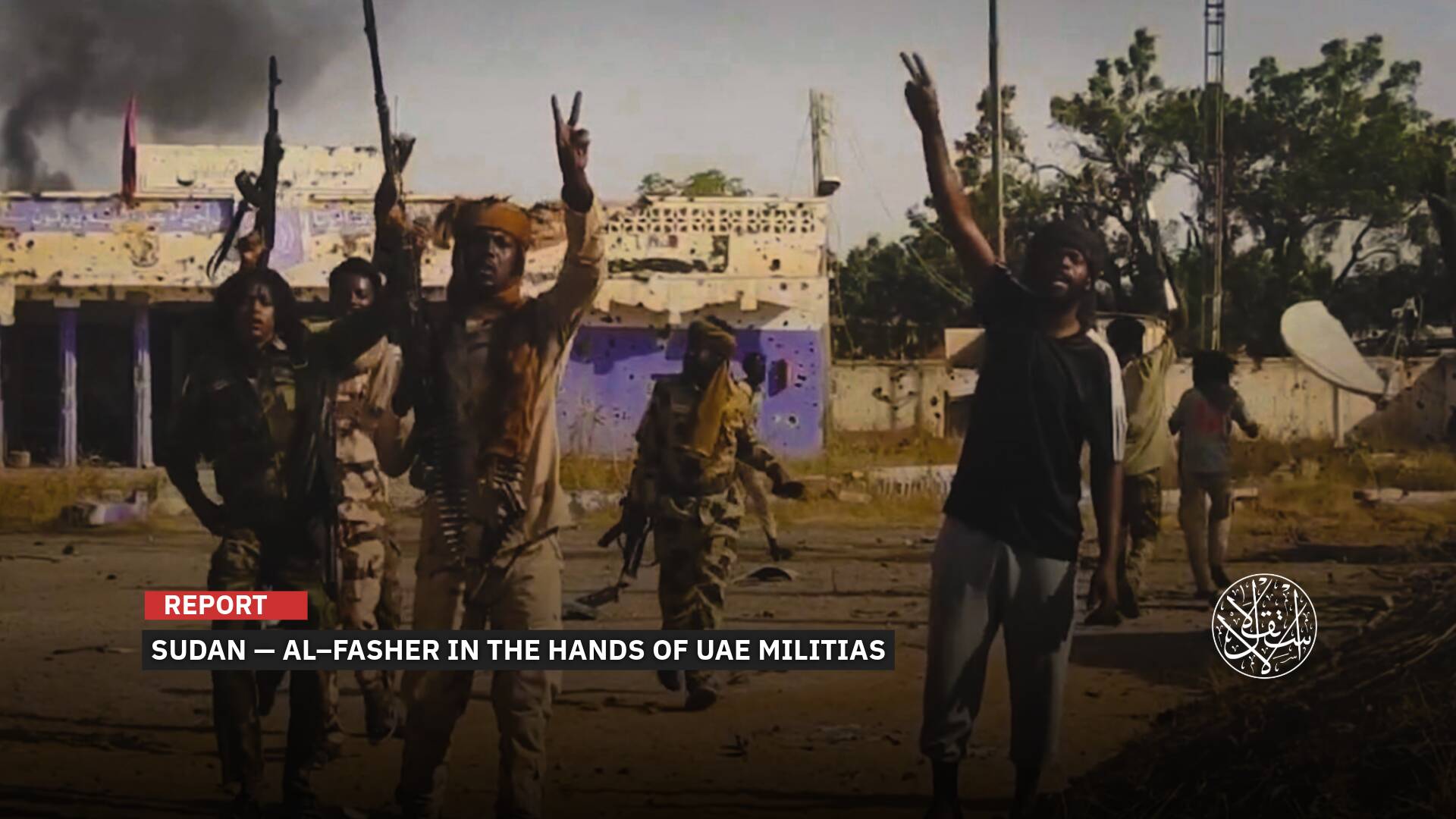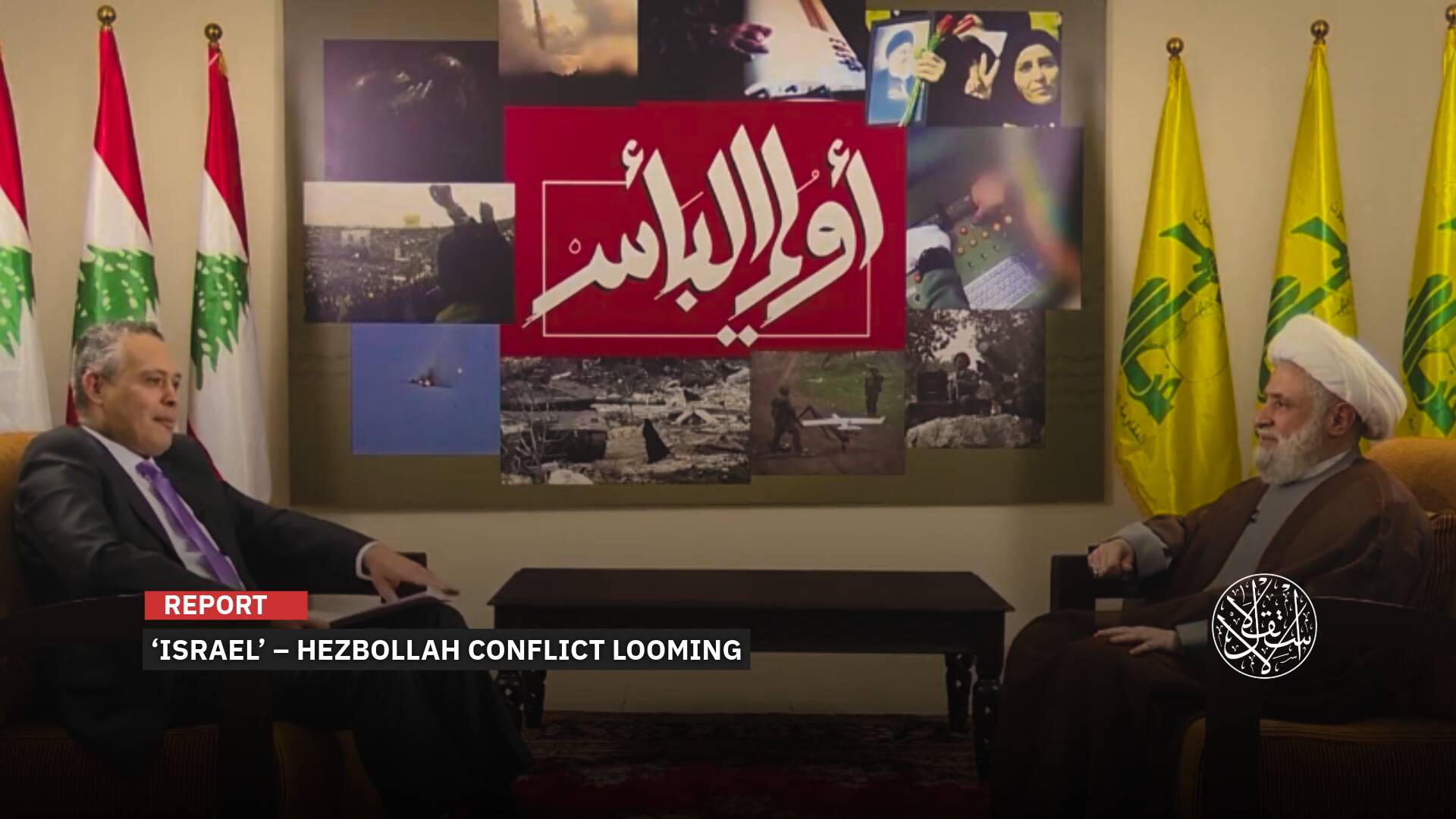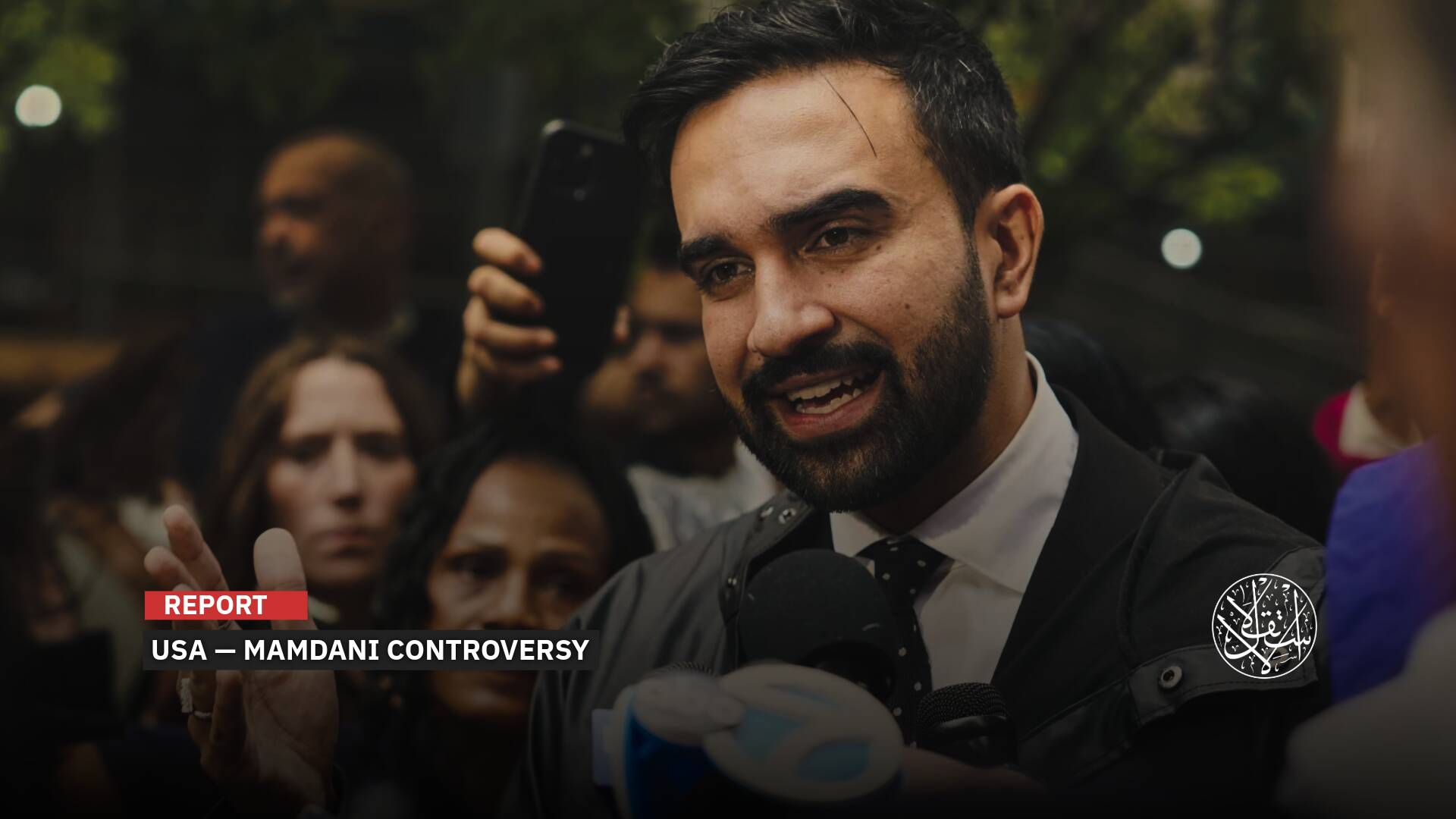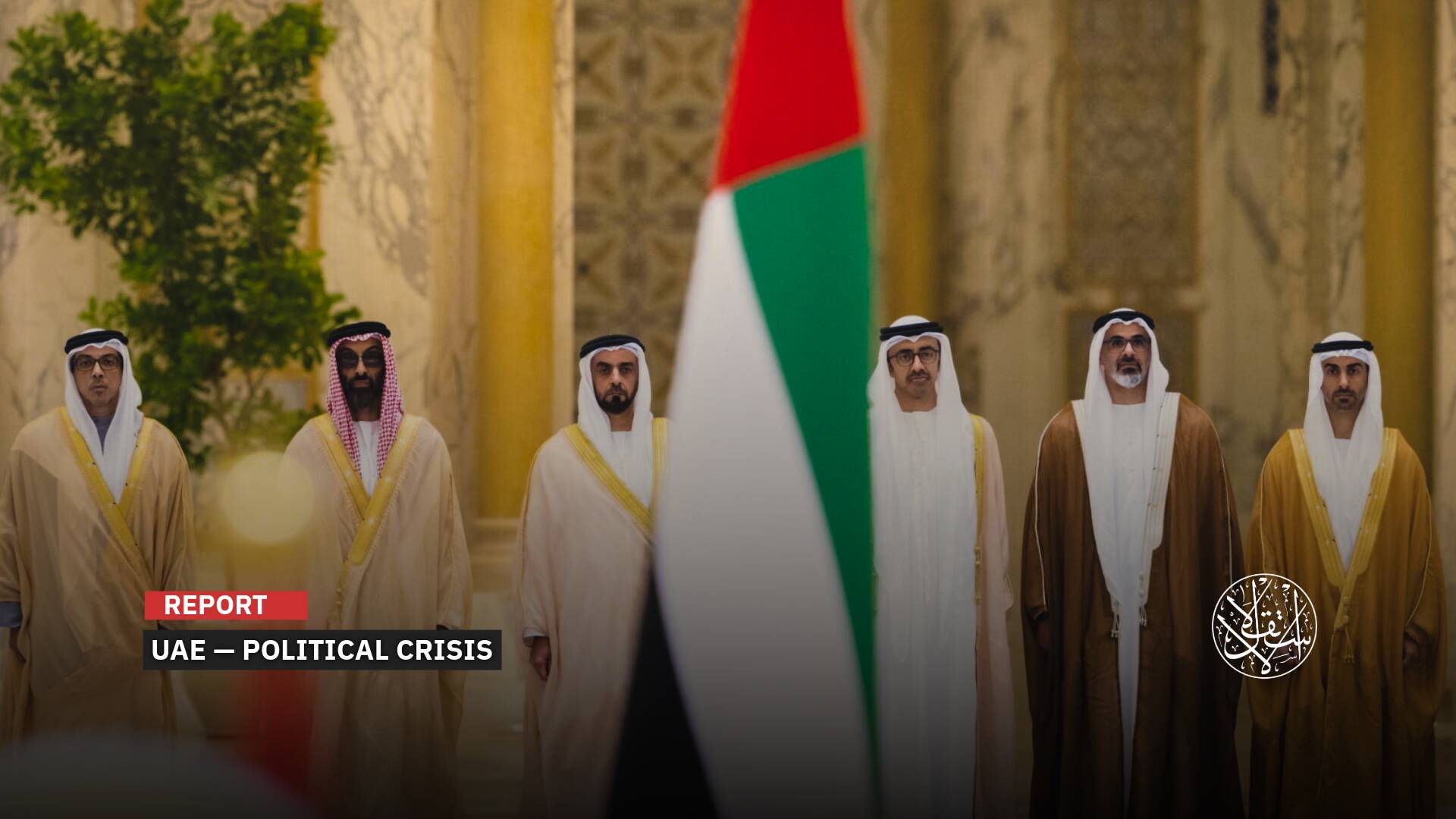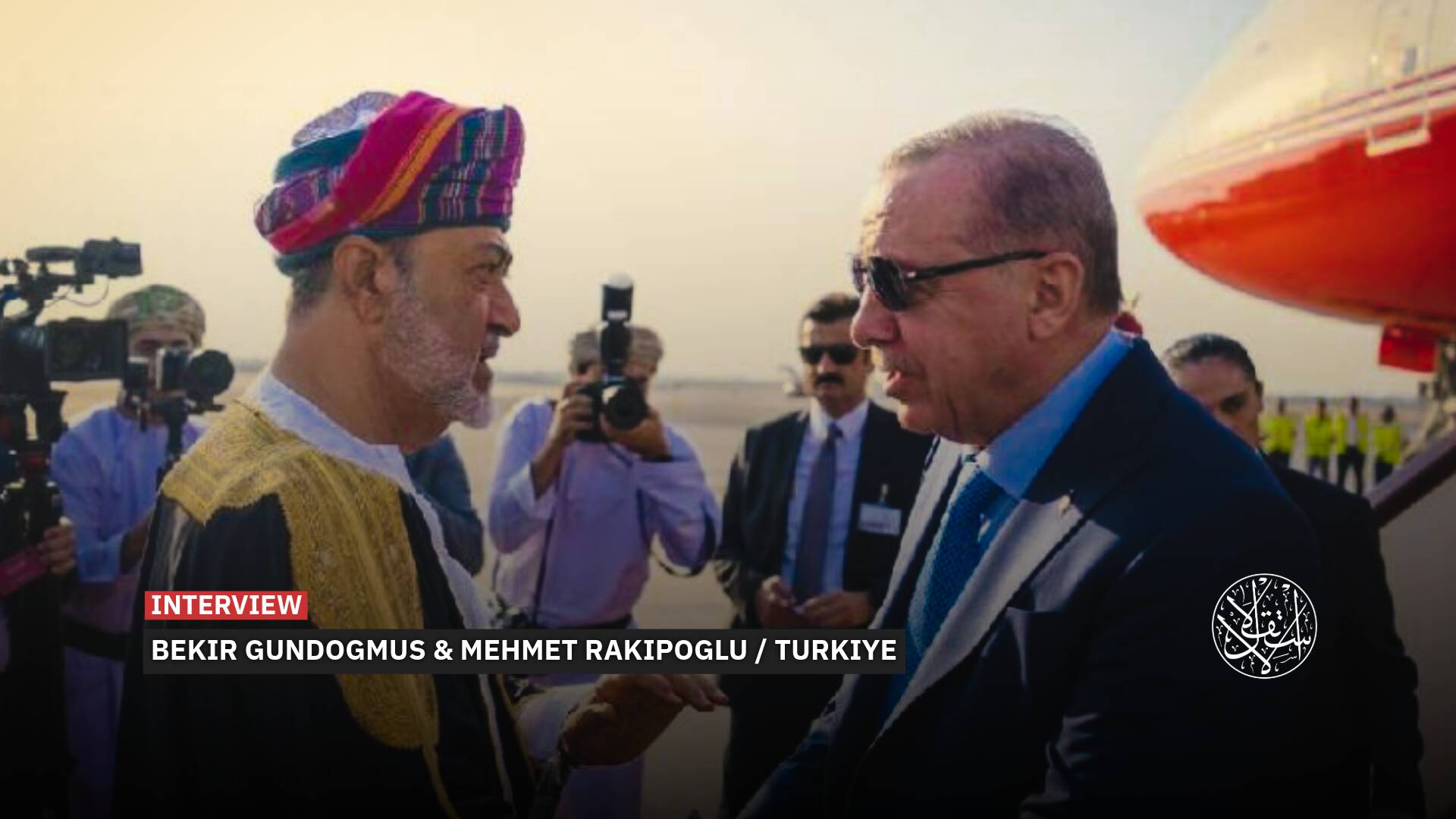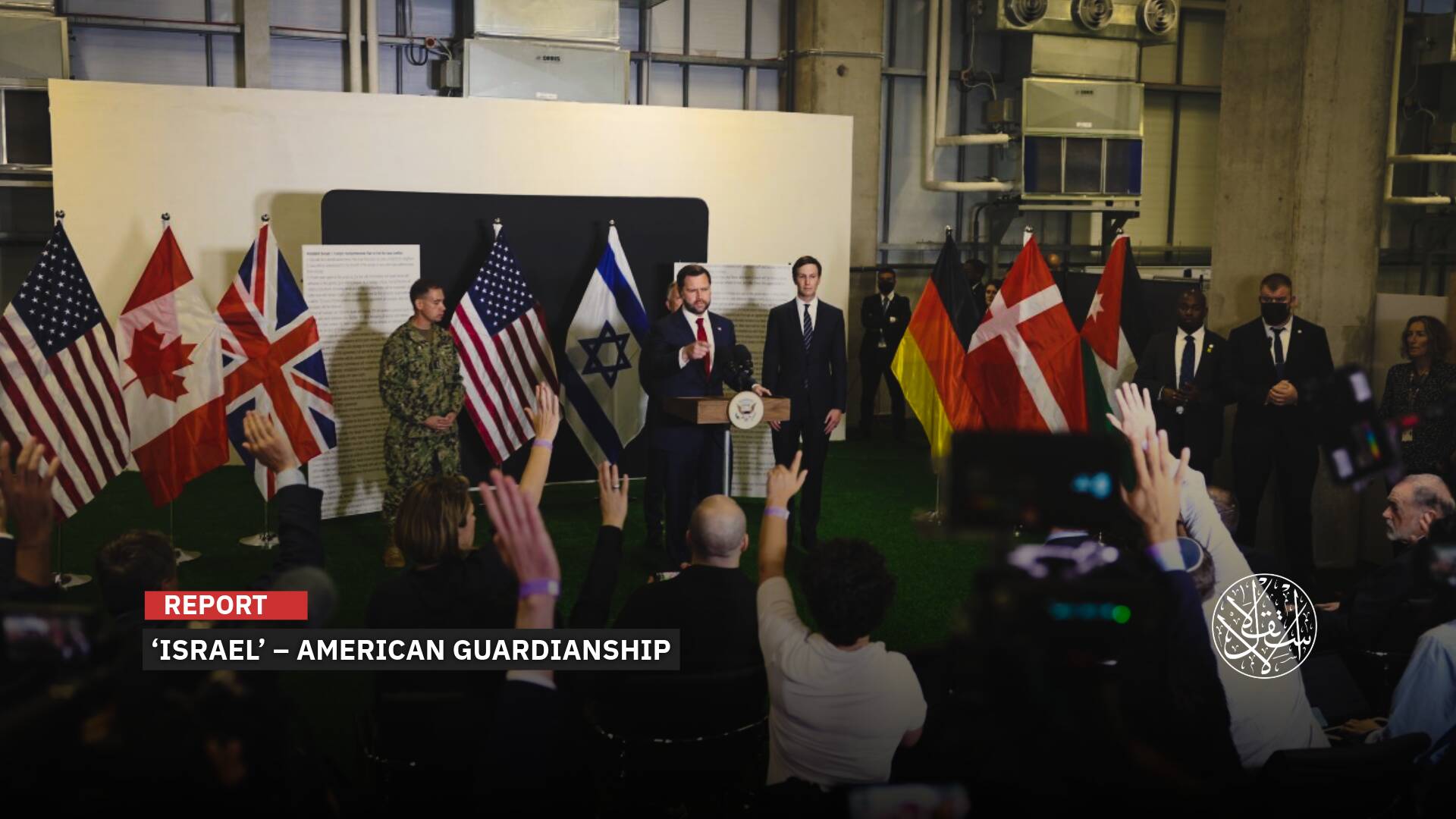Two Birds with One Stone: How Bashar al-Assad Benefits from Influx of Lebanese Refugees

As thousands of Lebanese began crossing the Syrian border to escape Israeli aggression, Bashar al-Assad, the head of the regime, instructed his new government to "address the affairs" of these refugees.
In light of the intensified Israeli assaults across various regions of Lebanon, the International Organization for Migration reported over 90,530 additional internally displaced individuals, starting September 23, 2024.
The wave of internal displacement from southern Lebanon began after Hezbollah engaged in clashes with “Israel” on October 8, 2023, in support of Gaza.
On September 24, Lebanese Foreign Minister Abdullah Bou Habib estimated that the number of displaced persons due to the current escalation "may now be approaching half a million."
Lebanese Refugees
These Lebanese fled their homes in southern Lebanon following Israeli airstrikes that claimed 558 lives in a single day (September 23, 2024).
Thousands found themselves embarking on a refugee journey toward neighboring Syria, where they congregated at official border crossings. Meanwhile, the al-Assad regime facilitated their entry into Syrian territory and announced the opening of shelters across several Syrian governorates.
Jassem al-Mahmoud, the Deputy Governor of Rif Dimashq, in "Sham FM" radio said that more than 6.700 Lebanese entered through Jdeidet Yabous crossing, from September 23 to 25, while nearly 18,000 Syrian refugees also crossed during that period.
Al-Mahmoud noted that the Lebanese refugees were relocated to shelters established by the Rif Dimashq Governorate in towns, such as al-Harjala, al-Duwair, and Yabroud. Additionally, three hotels in Sayyida Zeinab, south of Damascus, were prepared to accommodate the arrivals.
The influx of Lebanese refugees into Syria coincided with al-Assad’s issuance of a "decree" on September 14, 2024, assigning Muhammad Ghazi al-Jalali to form a new government. This came after the regime held "parliamentary elections" in its areas of influence in mid-July 2024, which the Syrian opposition dismissed as "sham elections” that only served the ruling authority.
Notably, during his first meeting with the new ministry on September 24—following their constitutional oath—al-Assad remarked, “Fate willed that you begin your work today in light of the fierce attack of the Zionists on our brothers in Lebanon."
He stated, “However, in the initial hours of your work, the primary focus must be on how we can support our brothers in Lebanon in all areas, without exception and without hesitation."
The decision by the al-Assad regime to open the Syrian border—while remaining neutral regarding the aggression on Gaza—to the Lebanese fleeing Israeli airstrikes has raised numerous questions.
Notably, the entry process was swift and faced minimal obstacles in terms of identification and official documentation for these refugees.
The Syrian border administration established a hotline with the Lebanese General Security Directorate to facilitate the entry of those lacking identification or Lebanese passports, relying instead on a document issued by the latter to verify their identity, because they fled with their lives amidst the Israeli bombardment.
Prior to the onset of the Israeli attacks on Lebanon on September 23, local authorities in several Syrian provinces had already prepared shelters, and equipped them with food, blankets, clothes, and other essentials.
Interestingly, the al-Assad regime has been handed a "new card" at a time when it faces a dire economic situation compounded by severe American and European sanctions. Additionally, its areas of influence are grappling with significant inflation, high unemployment, and the collapse of the Syrian pound.
Damascus is burdened by a challenging economic landscape, characterized by the militarization of its neighborhoods due to the dominance of foreign militias, effectively turning it into a "security city par excellence" devoid of dissenting voices.
Residents in areas under al-Assad's control acknowledge through local media that their daily meals are often insufficient and that they frequently struggle to buy vegetables, in addition to the complete inability to secure essential food supplies.
The average monthly salary for an employee in these areas is merely $25, while a family of five requires approximately $300 to secure basic food needs. Food prices in the capital have surged by over 200 percent on average from the beginning of 2023 to March 2024, with one US dollar now equivalent to about 14,500 Syrian pounds in the exchange market.
Syria's population is 23 million, with 13 million currently internally displaced or refugees due to al-Assad's military actions and the support of his allies, including Iran, Hezbollah and Russia.
‘Investment in Refugees’
Observers believe that the Syrian regime's decision to allow Lebanese refugees to enter Syria reflects its desire to leverage this situation for political gain.
In this context, Syrian researcher Ayman al-Dasouki from the Omran Center for Strategic Studies posits that al-Assad’s directive to the new government to oversee the affairs of Lebanese refugees is driven by two primary factors: political and economic.
Al-Dasouki explained to Al-Estiklal, “On the political front, the Syrian regime needs to adopt a position regarding the developments in Lebanon that can exempt it from criticism by its allies in the resistance axis, especially given its neutral stance on the situation in Gaza. The position also spears the regime from the burdens of engaging in a confrontation with Israel, which it cannot afford.”
Regarding the economic aspect, al-Dasouki noted, “This is about capitalizing on the influx of Lebanese refugees, along with the return of Syrians from Lebanon, to attract funding from donor countries. The regime aims to present itself as a responsible partner in managing this refugee situation, thereby preventing it from escalating to Europe.”
The researcher added that “the Syrian regime seeks to use the refugee issue as leverage to pressure Western nations into lifting sanctions imposed on it.”

Since 2011, these sanctions have tightened around the regime in response to its brutal suppression of the Syrian revolution. Although the sanctions have failed to halt the regime's violence against Syrians, they continue to obstruct its efforts for economic recovery.
The U.S. “Caesar” Protection Act of 2019, designed to sanction the al-Assad regime and its allies, remains a major obstacle to the Syrian government's goals for economic recovery. This includes efforts to repair devastated infrastructure and lift sanctions that hinder its commercial activities and the repatriation of funds held overseas.
Nevertheless, the al-Assad regime has historically exploited international aid intended for Syrians, turning it to its own advantage. The issue of the regime's misappropriation of international aid continues to spark considerable controversy—not only because it fails to reach those in need, but also because it represents a vital source of hard currency that sustains Bashar al-Assad’s grip on power. He consistently rejects any political solution that could end the suffering his country has endured for over a decade.
Investigations and on-the-ground evidence in Syria have repeatedly shown that funds intended for international aid often vanish into the accounts of the regime’s economic entities and institutions, which are used to finance its military efforts against innocent Syrians.
According to UN procurement data, aid valued at approximately $309 million was procured from suppliers based in Syria between 2021 and 2022. This implies that in just two years, those connected to the Syrian regime benefited directly from a staggering $71 million of Western taxpayer money.
‘Demographic Change’
Syrian opposition websites confirm that a significant number of Lebanese refugees, specifically relatives of Hezbollah members, have entered the Syrian city of Qusayr in the Homs countryside. The city has been under Hezbollah control since June 2013, and its entire population remains displaced to this day.
This suggests that these people crossed through unofficial routes controlled by Hezbollah on both sides of the border, and they have not been included in the official statistics for Lebanese refugees entering Syria since September 23, 2024.
In light of these facts, the influx of families from the Shiite-majority southern Lebanon to Syria has been interpreted by some observers as a factor that "contributes to the demographic change," a strategy the al-Assad's regime has pursued since the displacement of Sunni Arabs from their Syrian cities and villages following the outbreak of the revolution in 2011.
Some analysts link the regime’s rapid response to the arrival of Lebanese refugees to "a plan to settle Hezbollah members," particularly since some Lebanese families choose not to move to the northern Lebanese cities away from Israeli bombardment.
Hundreds of Hezbollah members are stationed in Syria, having been deployed following direct orders from Iranian Supreme Leader Ali Khamenei since 2012. Their presence was intended to bolster al-Assad’s forces and shift the military balance in his favor.
Currently, Hezbollah forces control entire Syrian villages and towns adjacent to the Lebanese border, as well as operating within areas dominated by the al-Assad's regime across various Syrian provinces.
In this context, the Syrian lawyer Abdul Nasser Hawshan has raised concerns about "the dangers of the Syrian regime and its allies finalizing the elements of the crime of demographic change by settling the Shiites Hezbollah members in Syrian territories."
In a Facebook post on September 24, 2024, Hawshan noted that “the areas that will witness the settlement of the Hezbollah group are the Qusayr area in the Homs countryside, then the city of Homs and some villages in its western countryside, and the area south of Damascus, which was seized by Lebanese and Iranian Shiite companies and businessmen through Decree No. 66 of 2012 and Law No. 10 of 2012.”
Hawshan argued that “the decrees issued by Bashar al-Assad serve the settlement plan, as they involve the reorganization of neighborhoods in Damascus namely— Jobar, Qaboun, Barzeh, and Jaramana— along with the expansion of regulatory plans for Sayyida Zeinab and the organization of the Yarmouk and Palestine camps south of Damascus, as well as the Basilia City residential and commercial projects in the heart of the capital.”
He further pointed out that "in recent years, Lebanese Hezbollah has been selling real estate in Qusayr to Lebanese buyers," stating that "The sale of land and properties in Qusayr is in full swing."
Hawshan explained that "The process of settling these individuals from southern Lebanon, and thereby facilitating the demographic change, involves housing them in pre-prepared shelter centers in Syria, then relocating them to housing or camps, then integrating them into local communities, intermarriage, ultimately enabling them to obtain legal recognition."
This process necessitates registration in official records, whether as citizens lacking official documentation as stateless individuals, or through naturalization.
Additionally, Hawshan emphasized the implications of real estate ownership, noting that these new residents—whether as naturalized citizens or foreigners—could congregate in specific neighborhoods, purchase entire areas, displace original inhabitants, and seize control of certain economic sectors, while being afforded legal protection as ethnic or religious minorities.
Sources
- Approximately 14,000 people entered Syria from Lebanon today [Arabic]
- After taking the constitutional oath before him: President Assad chairs an orientation meeting for the new ministry [Arabic]
- Thousands of Lebanese and Syrians flee across the Syrian border due to Israeli bombing of Lebanon [Arabic]
- The Syrian regime uses precautionary seizure of funds as a tool of collective punishment [Arabic]


